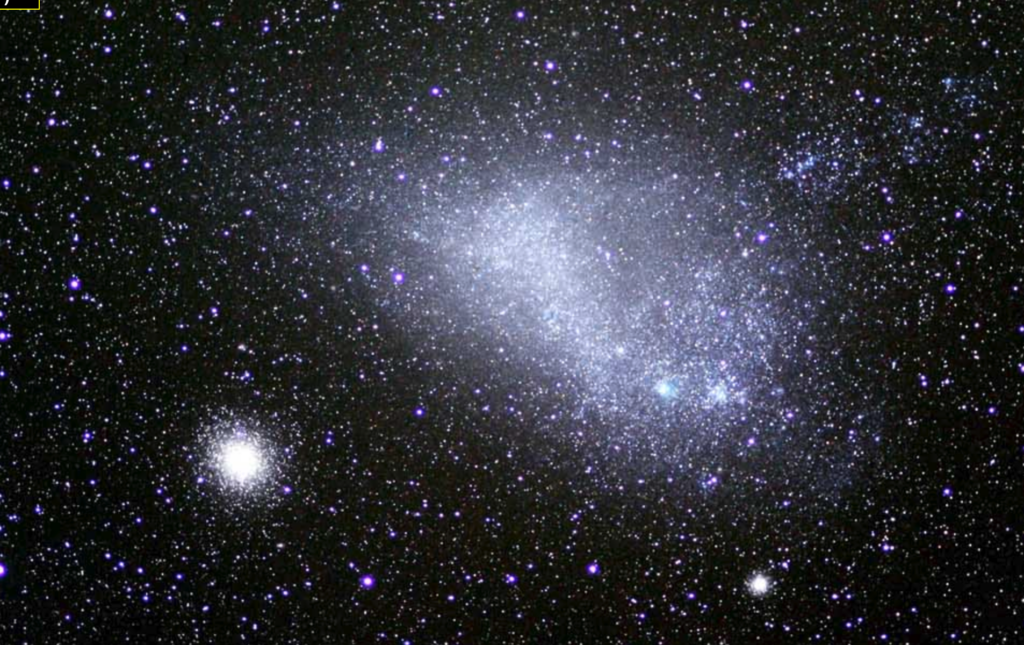Scientists have studied young stars in the Small Magellanic Cloud. This dwarf galaxy is very similar to those star systems that existed 10 billion years ago. So, the researchers got an idea of how the processes of the birth of luminaries took place in those times.

Newborn stars in the Small Magellanic Cloud
The Small Magellanic Cloud is a small irregular galaxy that is a companion of the Milky Way. Recently, astronomers from Osaka University in Japan published a study devoted to the of newborn stars in this system.
The young star Y246 attracted special attention of researchers. It released powerful streams of gas molecules in two opposite directions. According to research, their speed reached 54,000 km/h.

Such flows are common for young stars in the Milky Way. They are thought to inhibit the gravitational compression of protostars, allowing them to grow to larger sizes. But this process was observed for the first time in the Small Magellanic Cloud.
Star formation in the early universe
The Small Magellanic Cloud is interesting because it contains very few elements heavier than helium. This is called low metallicity. 10 billion years ago, most galaxies were like this. Scientists assume that under such conditions, star formation may occur in a different way than in modern galaxies.
Among all the relics of that distant era, the Small Magellanic Cloud is the closest to Earth. This makes it a convenient object for research. And newborn luminaries in it testify that the processes of star formation that took place in the universe several billion years ago differed little from modern ones.
According to the materials: phys.org

